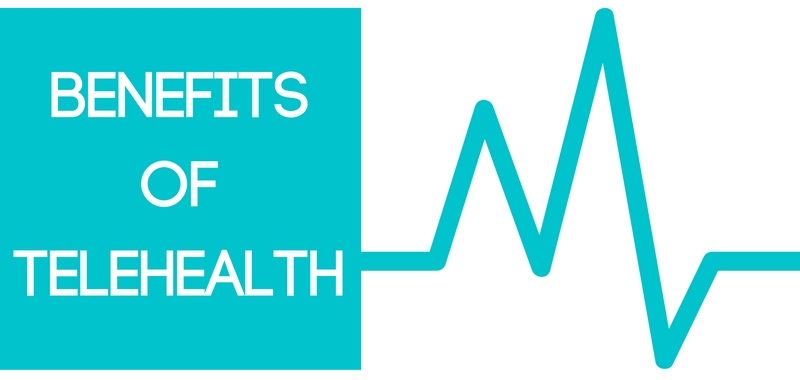1. Increased Access to Healthcare
Australia has a huge rural population. Approximately 31% of Australians live in regional or remote areas. For these individuals, having access to regular health checks is difficult. Telehealth allows for remote patient monitoring through home-based technology. As a result, patients in communities with limited access to healthcare can have the same access to health monitoring as patients in other areas.
2. Identify Problems Early
Telehealth can be used as a preventative strategy, to assist indiviudals in establishing and maintaining health.
It can also assist in the early detection of potential problems, as it monitors changes over time and is able to identify when measurements differ from the baseline.“Chronic diseases cause patient health to deteriorate slowly – it doesn’t happen overnight. So if telehealth systems can catch the deterioration early, it can prompt earlier intervention,” Dr Rajiv Jayasena.
3. Saves Time and Money
About half of all Australians have a chronic disease, and around 20% have at least two. Expenditure on health in Australia was estimated to be $6,846 per Australian in 2014-15.
Telehealth cannot replace a doctor, however it can assist individuals in identifying when they need to see a doctor and reduce the visits required for chronic care management.
Telehealth can prevent emergency room visits, hospitalisations and re-admissions. It also reduces the amount of travel and work time lost due to doctor visits. The combined impact is a reduction in the cost of healthcare.
A study by CSIRO predicted that technology could save the Australian health system $3 billion per year. Their study gave patients access to a telehealth monitoring device with videoconferencing capabilities, messaging features, and the delivery of questionnaires. Depending on the health status of each participant, the device monitored ECG, heart rate, spirometry, blood pressure, oxygen saturation, body weight, body temperature and gluecose. The results indicated that there was a reduction in the number of visits to GPs and specialists, tests and procedures performed, hospital admissions and length of stay.
4. Peace of Mind
Most of us do not have specialised medical knowledge. Continuous health monitoring by a trained professional can be a huge weight off our shoulders, especially if we are one of the 50% with chronic disease or 20% with multiple chronic disease.
“Telehealth gives me a sense of reassurance to know somebody is keeping a check on me every day.” (The Nursing Times)
In a study by Integrated Living and the Department of Health, a 70 year-old participant was prevented from having a hearth attack. After noting changes in her vital health signs, the telehealth provider called her GP who got her to hospital immediately. This is one example of how telehealth provides peace of mind – there is assistance in non-emergencies, such as reminders to take medication, and in emergencies, knowing there will be a response if there is a deviation from your baseline recordings.
5. Transparency Between Providers
Telehealth technology has the capacity to increase transparency across providers. Depending on how it is set up, it has the potential for healthcare providers to have access to profiles of patients to learn about a patients health and history. Providers may be able to send updates to the telehealth provider to ensure a patients profile is up-to-date with changes as they happen and increase collaboration between all providers involved in the care of a patient.
For an example of the upcoming telehealth technology in Western Australia, please click here or read the article.


